Autism in a nutshell
Autism is a lifelong developmental disability that affects how people perceive the world and interact with others.
Autistic people see, hear and feel the world differently to other people. Autism is not an illness or disease and cannot be ‘cured’. Often people feel being autistic is a fundamental aspect of their identity.
Autism is a spectrum condition. All autistic people share certain difficulties, but being autistic will affect them in different ways
The characteristics of Autism
The characteristics of autism vary from one person to another, but there are some main areas of difference (the following information is taken from the National Autistic Society website www.autism.org.uk).
These traits can make a child or young person more liable to be influenced or harmed by abuse
Social communication
Autistic people have differences with verbal and non-verbal language. Many have a very literal understanding of language, and some autistic people may struggle with more abstract concepts.
Social interaction
Autistic people may have difficulty ‘reading’ other people - recognising or understanding others’ feelings and intentions - and expressing their own emotions. This can make it very hard to navigate the social world. They may have a desire to interact with others, but be unsure how to go about this and seek solace online.
Repetitive behaviour and routines
The world may seem a very unpredictable and confusing place to some autistic people. They may prefer to have daily routines in place, so that they know what is going to happen every day. The use of rules can also be important. It may be difficult for an autistic person to take a different approach to something once they have learned the ‘right’ way to do it.
Highly-focused interests
Many autistic people have intense and highly focused interests, often from a fairly young age. These can change over time or be lifelong, and can be anything from art or music, to trains or computers.
Sensory sensitivity
Autistic people may also experience over or under-sensitivity to sounds, touch, tastes,smells, light, colours, temperatures or pain.
Learn more on the National Autism Society website.
Why people on the Autism spectrum are open to abuse
Young people with autism and other communication disorders often find Internet communication easier than face to face communication.
On the Internet use of consistent and easily recognisable emoticons replaces the need to decode people’s body language, facial expressions and vocal tone that can be problematic in personal communications
Online messenging, social media and emails are often a more accessible form of communication for many autistic young people. This may be due to very clear turn taking in conversations, the flexibility and comfort to type rather than talk, and the lack of eye contact/body language interpretation required to converse for sustained periods.
Autistic people may be very honest and open and can automatically assume that other people they connect with online behave likewise.
Sometimes this isn’t the case, and the internet can pose several risk areas that are particularly relevant to people on the autism spectrum. Autistic children may also find it hard to put themselves in someone else’s shoes and understand another adults or child’s intentions.
While the internet can be a very positive place to make online relationships, online grooming and behaviour that can lead to accessing illegal images are very common.
There are a benefits of an autistic person having online access :-
- Exploring special interests and learning tools
- Extended social networks and access to peer support
- Communication tools
However there are risks as well
- Cyberbulling
- On-line grooming
- Antisocial behaviour
- Sending, receiving and creation of Illegal sexual images
Further help and support
How to look out for warning signs and how to have conversations with children and young people - is really what we detailed in the Identify and Prevent sections of Upstream - and what to do is detailed in the Act section.
However some autistic young people may need extra support and guidance to stay safe online.
 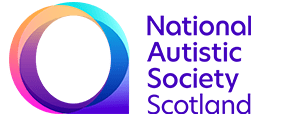 |
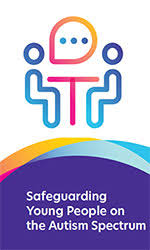 |
The National Autistic Society Scotland have created a downloadable leaflet on Safeguarding Young People on the Autism Spectrum |
 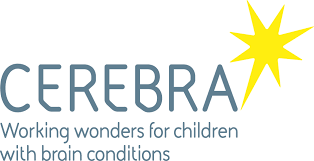 |
 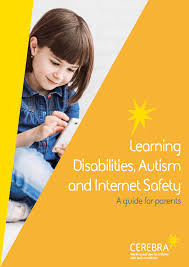 |
CEREBRA have produced an excellent resource |
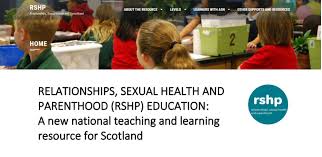 |
A list of programmes and resources for parents and professionals supporting children with additional support needs – including children on the autistic spectrum - around sexual health, relationship and parenting can be found at rshp resource |
Did you know?
1 in 4 child sexual abuse victims and survivors reported having a long-standing illness or disability. This is compared to 1 in 5 of the general population.
Source - Allnock, D., Hynes, P., and Archibald, M. (2015) Self-reported experiences of therapy following child sexual abuse: messages from a retrospective survey of adult survivors. Journal of Social Work, 15(2), pp.115-137
Read more





